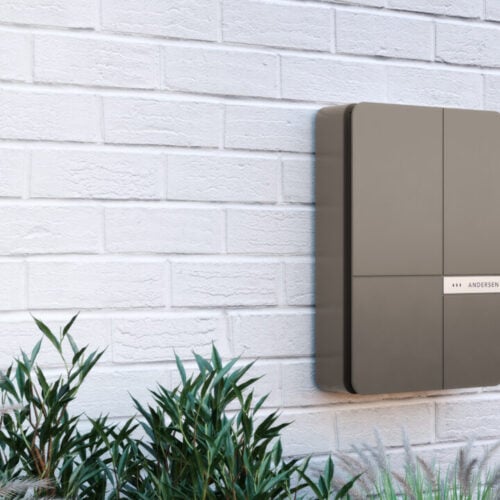BAE Systems has made significant savings from the running costs of its Samlesbury site after a nearby solar farm delivered over £300,000 in savings less than a year after it was brought online.
The plant was installed on a disused runway on the site in April 2015 and since its installation has resulted in a £184,000 reduction in energy costs. In addition, the project has generated £117,000 from the feed-in tariff (FiT) as it benefits from higher rates no longer available to solar projects.
This means that the solar farm, which consists of 9,000 panels, has delivered over £300,000 in savings since it was brought online.
Shaun Costain, electrical authority and sustainability team leader for the manufacturing operations team, said: “Overall this delivered a cost saving to the business of more than £300,000 which we can invest into making our products and services more affordable for our customers. Above all though there are the obvious environmental benefits with this scheme, which we are proud to deliver.”
The installation is the latest example of a firm saving substantial amount of money from its energy bills through renewable energy sources. Tata Steel recently revealed it had saved £460,000 at its Scunthorpe site from a private purchase agreement (PPA) with a nearby solar farm and energy from a landfill gas generator.
While BAE Systems’ solar farm has been able to generate additional revenue through the FiT, the reduced tariff rates now available mean many firms are looking instead at PPAs as a way to reduce their reliance on energy supplied by the national grid. These deals also protect firms from changing energy prices and provide security of supply.
The Samlesbury site’s solar farm is expected to provide up to a third of the facility’s energy demand in the first year, saving BAE Systems additional energy costs.
Solar Media has collaborated with the Energy Managers’ Association (EMA) to build a Solar Energy Buyer’s Guide aimed at energy managers, facilities managers and other professionals responsible for procuring large volumes of electricity. To download a free copy of the guide, click here.






